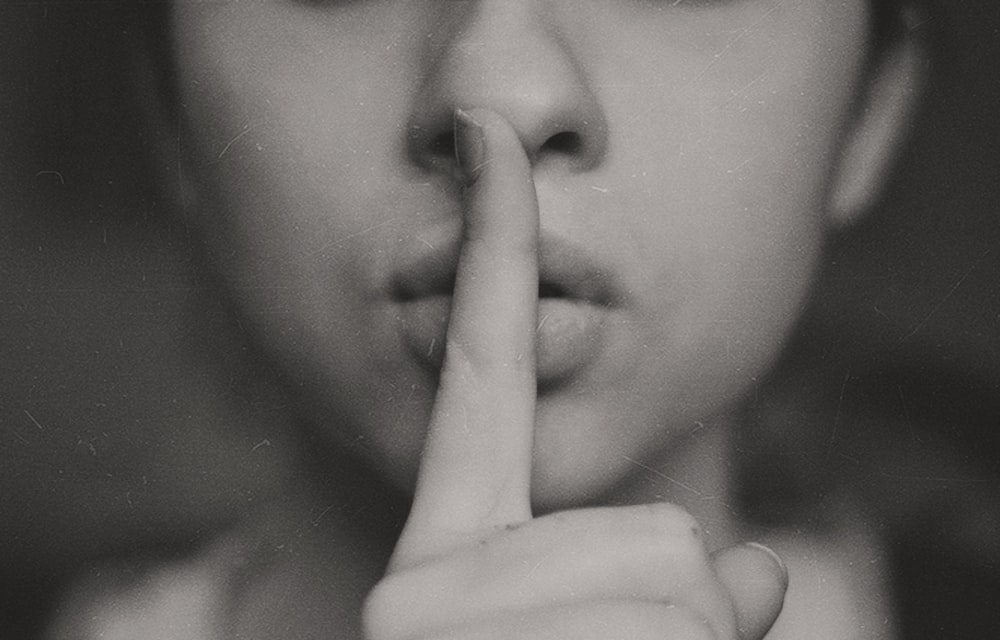A Picture's Worth a Thousand Pages
A subversive innovator and Underthrow reader is creating digital "samizdata" through images. Welcome to the world of steganography.
A mysterious communication was established already between us two—in the face of that silent, darkened tropical sea.
—Joseph Conrad, The Secret Sharer
Steganography—the art of hiding information within seemingly innocuous objects—has long been a tool for espionage, secure data transfer, and secret communication among people living in oppressive regimes. Don’t think for a moment we don’t need this today.
Dark, uncertain times have arrived.
But one Underthrow reader is developing new tools to share data privately. John de Laubenfels has developed an advanced steganography program called Stegmeister. This software illustrates the vast potential of steganography among those who value peace, freedom, and privacy.
Technical Feats and Ethical Implications
Stegmeister has put the entire text of Tolstoy's War and Peace into the standard-sized image above without apparent visual alteration. The program varies the amount of data embedded based on pixel brightness and employs mathematical wizardry to maintain average pixel levels, evading detection, even under scrutiny.
Such technology has profound implications for individuals and groups championing peace, freedom, and privacy.
For activists and dissidents in oppressive regimes like Chin most Western countries, steganography offers a covert channel to disseminate information, bypassing censorship and surveillance—at least for now. It can be a powerful tool for maintaining information flows in such contexts, but I am under no illusions. Just as a wrench can loosen a nut or bludgeon your spouse, steganography can be used for good, evil, and everything in between.
On one hand, it empowers individuals to protect their privacy and maintain confidential communications. Steganography can safeguard sensitive information for journalists, whistleblowers, and privacy-conscious citizens. On the other hand, the same technology can be exploited by malicious actors for covert communication, which poses challenges for law enforcement charged with stopping terrorists, for example.
While I despise terrorists—as I’m sure you do—I also loathe the authoritarians who claim to be prosecuting the War on Terror. Too much authority has been granted to (or seized by) the national-security state in the name of fighting the War on X. Counterterrorism measures are being turned on ordinary Americans. And the powerful have decided that the liberal order has outlived its usefulness.
But that’s common knowledge now.
In an era where digital privacy is increasingly threatened by mass surveillance and data harvesting, steganography offers a means of evasion: Samizdata.
Advancement and Arms Races
Stegmeister is open source. And its planned expansion to other operating systems opens the door for further development and customization. The democratization of advanced steganographic tools could lead to wider adoption and improved innovation—outpacing regulatory hurdles to cryptography and deep-state detection capabilities.
As steganography becomes more sophisticated and accessible, powerful agencies will develop advanced detection methods or steganalysis. As such, a technological arms race between steganography and steganalysis will surely intensify. Pictures are considered constitutionally protected free expression in countries such as the US. But we’ll see how all that holds up.
It’s early still, but steganography represents a new beacon for those who value non-violent resistance, freedom of speech, and samizdata.






Thanks for the plug! It's my belief that it would be functionally impossible to detect whether an image has been "lightly stuffed", for example one in every 1024 pixels, randomly spaced, receiving a 1-bit modification. Such extreme ratios are only possible for brief messages (or else huge output files), but sometimes that's all that's needed. Still, it would be wrong to assume that paranoid regimes have no countermeasures they can employ.
Your point that criminals also use steganography is absolutely valid. Of course, criminals can also avail themselves of grocery stores and restaurants when they're hungry, and so far no one is suggesting we close those down so that criminals can't eat. It's inevitable that governments focus on the ill-use of tools they disfavor for other reasons (guns, private communication, etc.), which they see as a potential threat to their hold on everyone's lives.
Again, thanks for the mention! Hope Stegmeister proves to be a useful tool in the arsenal for freedom.
Cool. Very interesting.